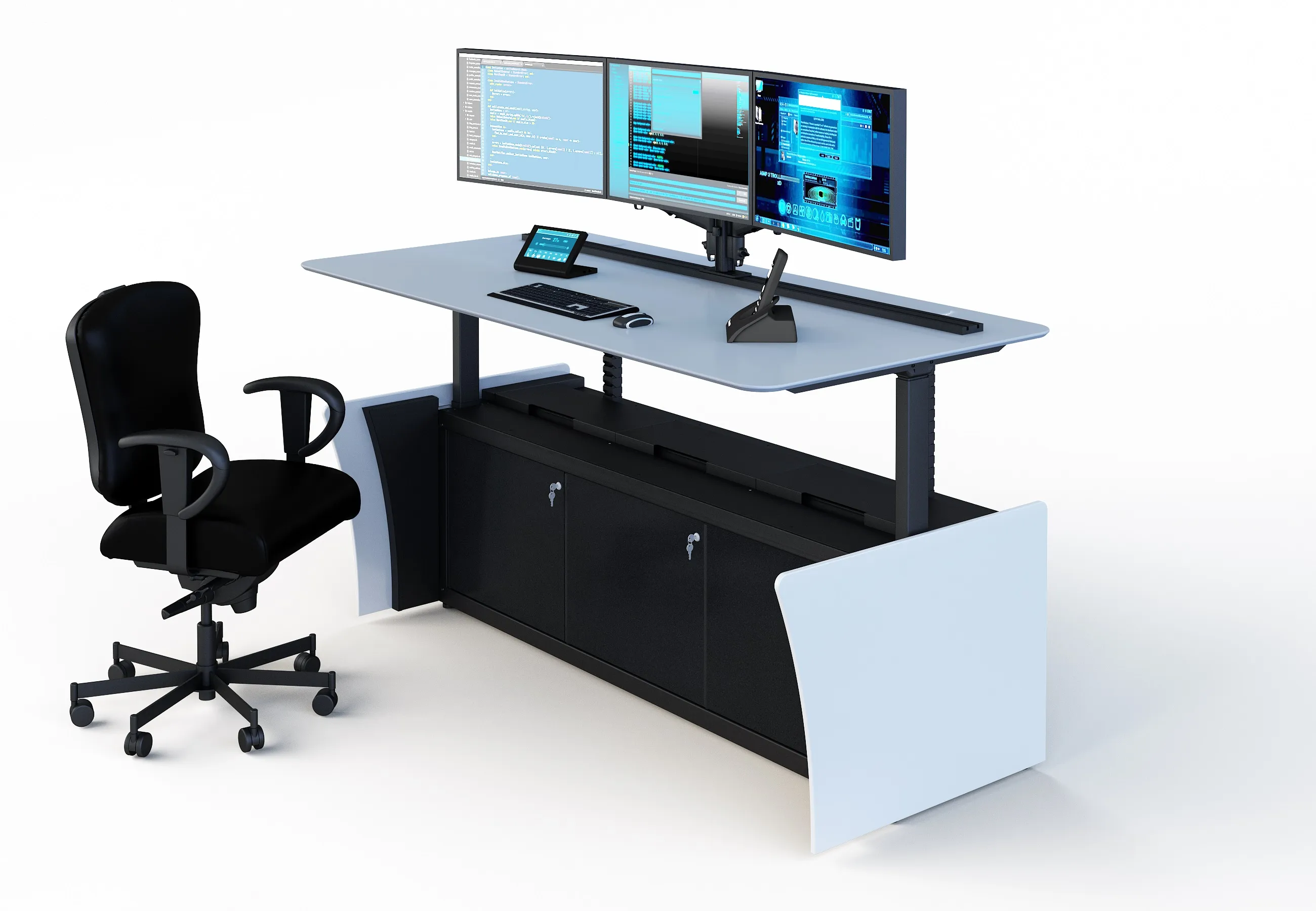The signs are part of integrated corridor management along I-75 designed by the Michigan Department of Transportation. Each sign is part of SESA’s Messenger 5000 embedded DMS series, a line of embedded DMS designed to display travel time, toll rate, lane status or traffic control information.
As part of this project, the embedded DMS is intended to divert and manage the influx of traffic, and reduce traffic queues and congestion on freeways for both Macomber and Oakland counties. The signs feature a full colour display capable of showing a variety of arrows that re-direct traffic as necessary on to surface roads and alternate routes. The signs are controlled by SESA’s state-of-the-art NTCIP-compliant SCU6 controller housed in field cabinets near each site. Each sign is placed at strategic locations and display the indicative arrow only when needed.
According to SESA, this combination of static sign and embedded dynamic display is cost effective, advantageously replacing an entire full colour/full matrix DMS.
For the first deployment, energy-efficient technology was utilised to minimize the quantity and size of command, control, and power components, enabling the components to be installed in a small NEMA 4X cabinet attached to each sign structure for the initial deployment. This design was refined for the subsequent deployment, allowing all components to be installed within the sign itself, while maintaining the slim sign housing design required for the project.
SESA deploys dynamic Trailblazer signs for Michigan DOT
SES America (SESA) recently completed the manufacture and installation of full colour LED dynamic Trailblazer signs for the Michigan Department of Transportation and is set to soon begin manufacturing of additional signs for the next phase of this ongoing work. The signs are part of integrated corridor management along I-75 designed by the Michigan Department of Transportation. Each sign is part of SESA’s Messenger 5000 embedded DMS series, a line of embedded DMS designed to display travel time, toll rate,
May 6, 2016
Read time: 2 mins









